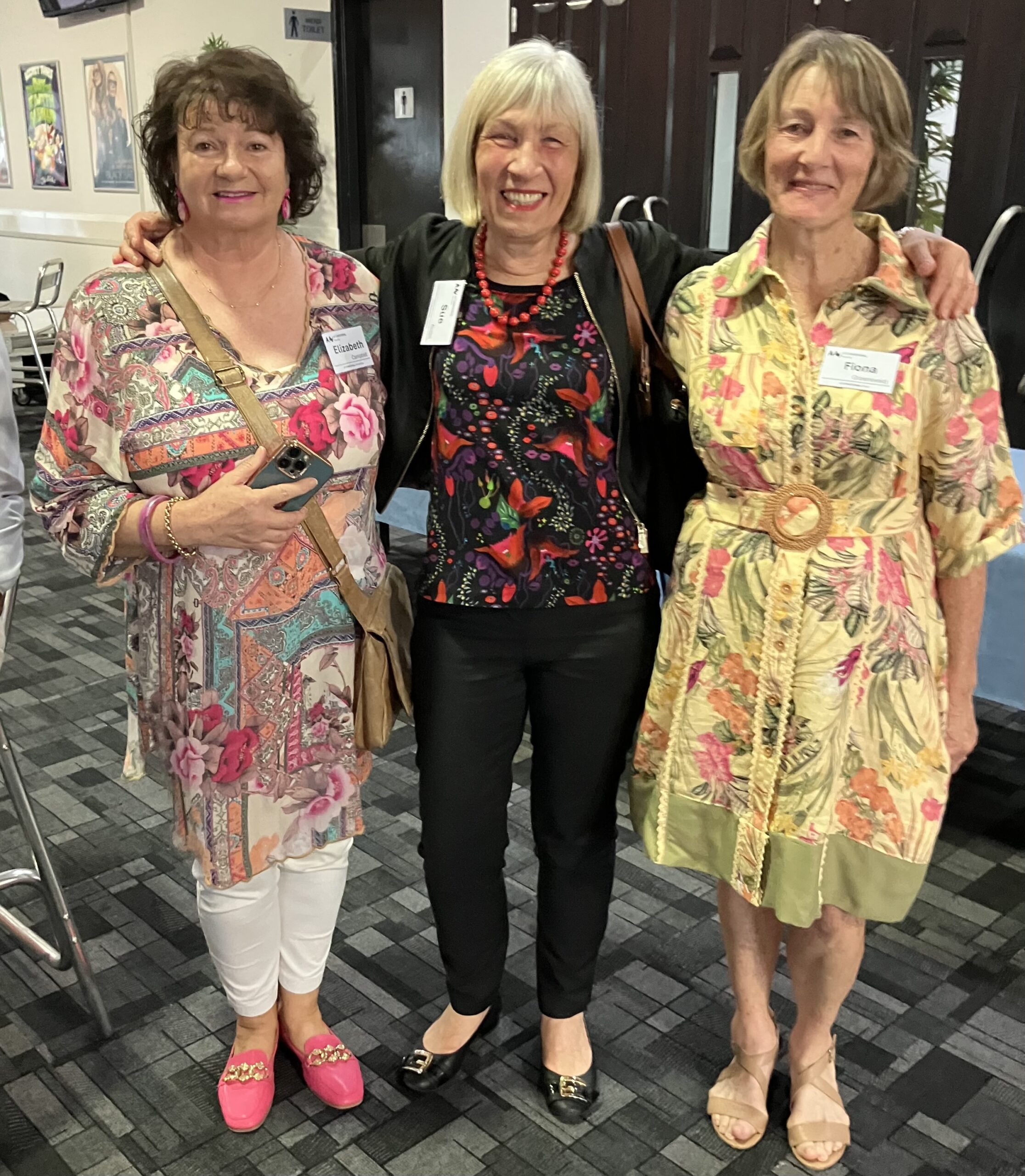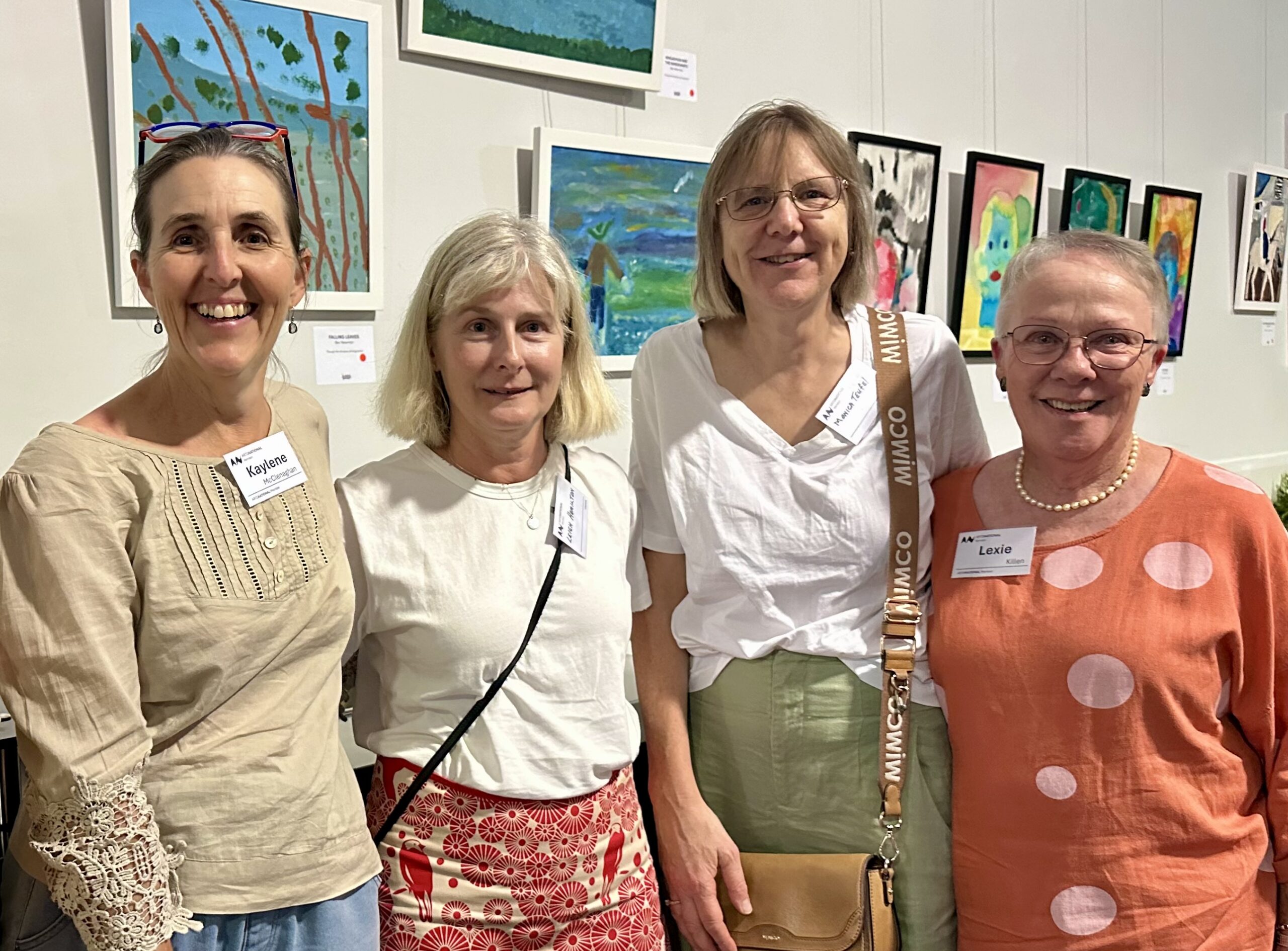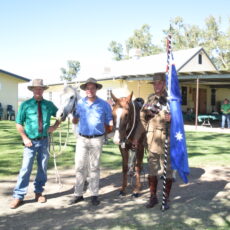A large roll-up of members and visitors to ArtsNational Narrabri’s first arts talk of the 2025 season were treated to an exploration into the ancient world’s mystique when UK art historian Sue Rollin gave an interesting talk on ‘Babylon: Art & Legend’ on Monday, March 31.
Babylon, one of the most celebrated cities of the ancient world, has been a fertile ground for legends and myths that have captivated human imagination for millennia. Situated on the Euphrates River, in what is now modern-day Iraq, this iconic city was once the centre of the Babylonian Empire and a hub of culture, power, intellect, and architectural marvels.
While Babylon’s legends are well-documented in ancient texts, the visual representation of these myths through paintings offered another dimension to our understanding of this ancient city.
Through stories of marvels such as the Hanging Gardens, the Tower of Babel, and tales of Gilgamesh, Babylon’s myths have left an indelible mark on human history. Meanwhile, the artistic representations of these legends, from Renaissance masterpieces to modern interpretations, maps and sketches, continue to inspire and captivate audiences around the world.
The outstanding intellectual achievements of Babylonians are evident in their numerous contributions to science, mathematics and literature. They were pioneers in astronomy, creating detailed star charts and famously developing the concept of seven-day weeks. Their mathematical advancements included the use of a base-60 number system, which is still used today in the degree of angles and measuring time in seconds and minutes.
Babylonian scholars also excelled in literature, producing works like the ‘Epic of Gilgamesh,’ which remains one of the oldest known pieces of literature. Further, their legal intellect is showcased in the Code of Hammurabi, one of the earliest and most comprehensive written legal codes.
To order photos from this page click here




















